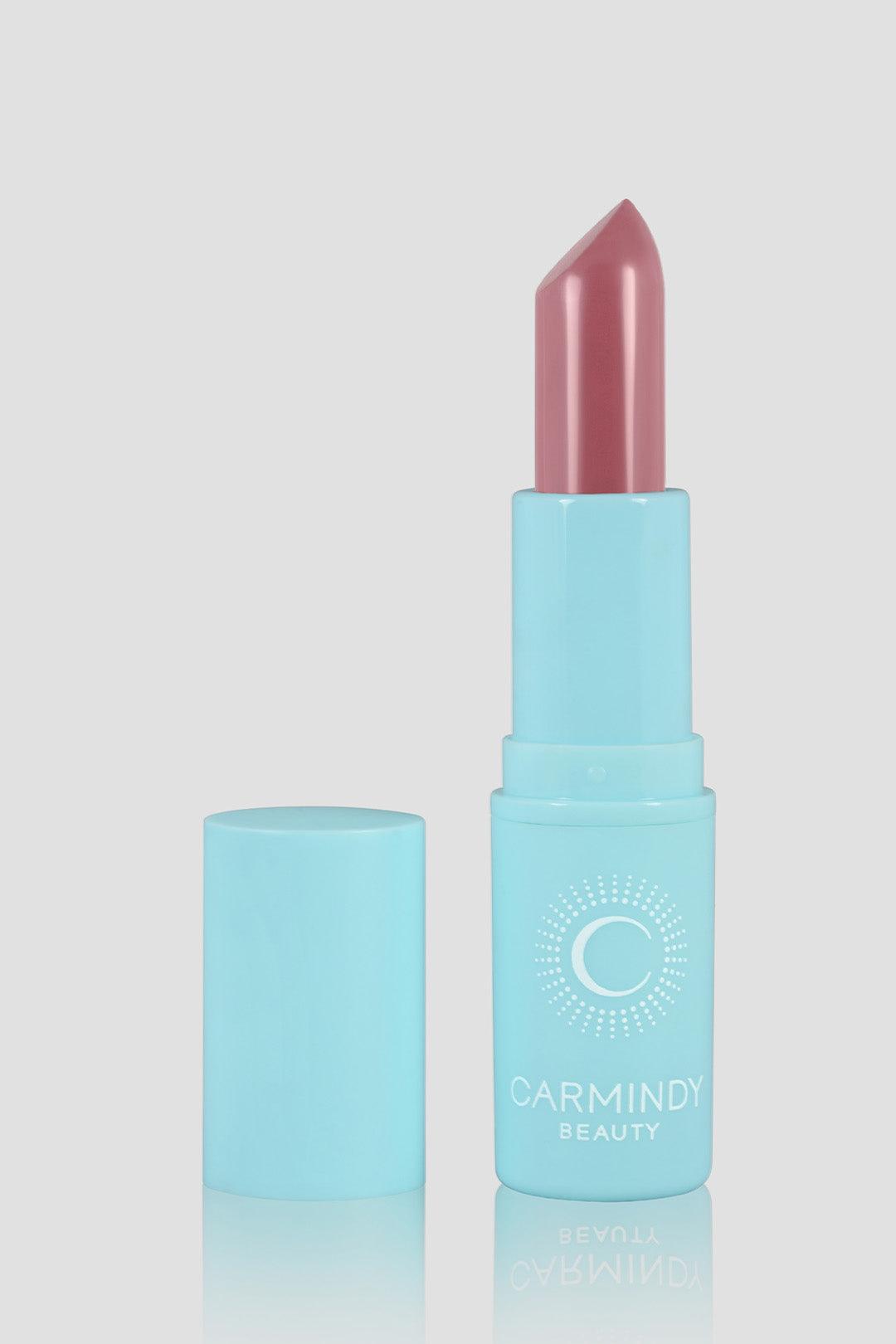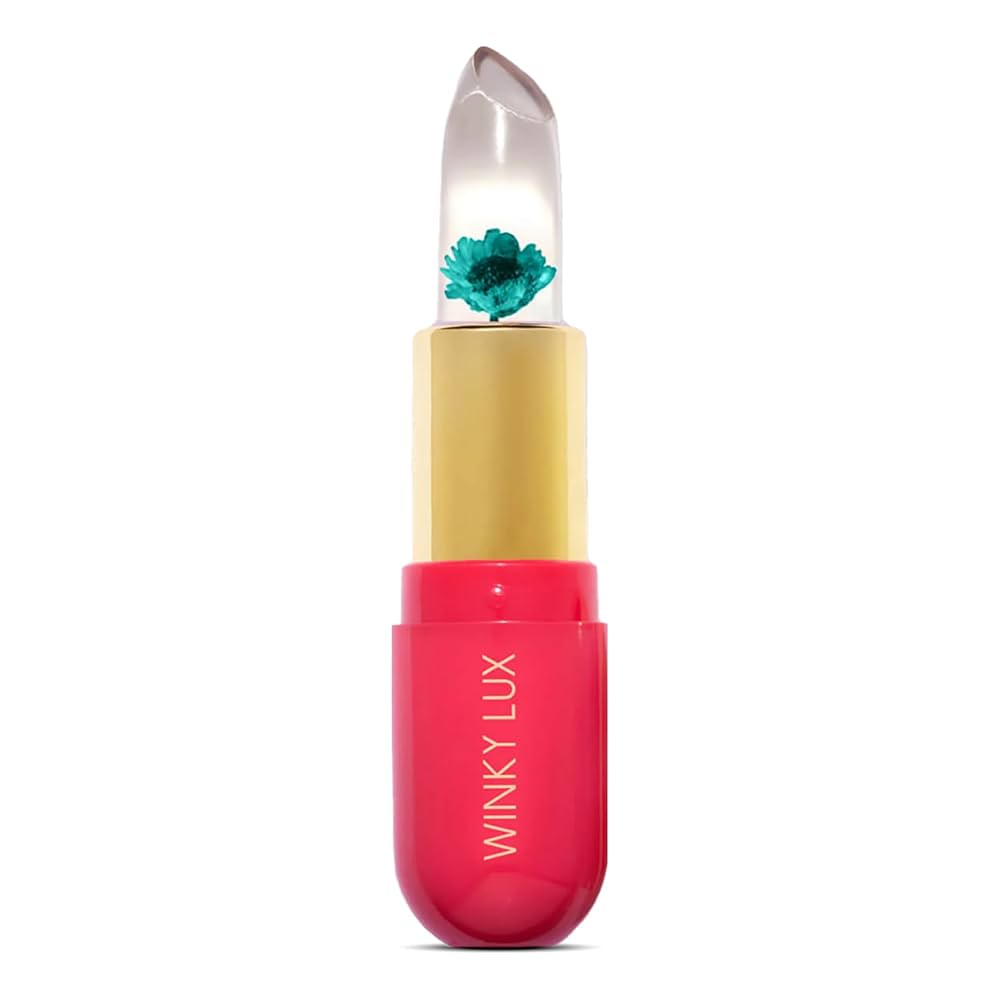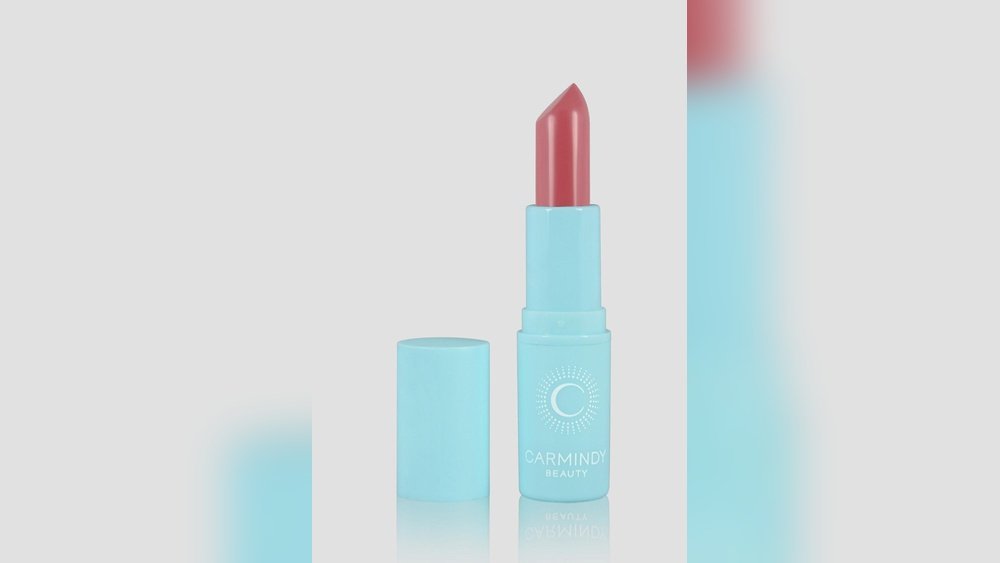Have you ever wondered why your favorite lipstick smells so delightful every time you apply it? That subtle, sweet scent isn’t just a happy accident—it’s carefully crafted to make your lip color experience even more enjoyable.
But what exactly gives lipstick its signature scent? Is it just fragrance added for fun, or is there more behind that familiar aroma? You’ll discover the surprising ingredients and secrets that bring your lipstick’s scent to life. Keep reading to unlock the mystery behind that irresistible smell that’s right under your nose.

Credit: www.amazon.com
Common Base Ingredients
Lipstick’s scent comes from its common base ingredients. These ingredients not only give color and texture but also influence the smell. Understanding these bases helps explain why lipsticks have distinct scents. Most lipsticks contain a mix of waxes, oils, pigments, and emollients.
These components create the right consistency and allow fragrances to blend well. The scent often comes from the natural smell of these ingredients or added perfumes. Below, you will find details about the main base ingredients that affect lipstick’s scent.
Waxes And Oils
Waxes form the solid part of lipstick. They give shape and structure. Common waxes include beeswax, carnauba, and candelilla wax. These waxes have a mild, natural smell that can add subtle notes to lipstick.
Oils keep lipstick smooth and easy to apply. Castor oil, mineral oil, and jojoba oil are often used. These oils have light scents that mix with other ingredients. Their smell helps carry the fragrance added by manufacturers.
Pigments And Emollients
Pigments provide the color in lipstick. They are usually odorless but can have faint natural smells. Some pigments come from minerals or plants, adding a slight earthy scent.
Emollients soften the lips and improve texture. Ingredients like shea butter and lanolin act as emollients. They have a gentle aroma that blends with the waxes and oils. These scents give lipstick a soft and pleasant smell.
Role Of Fragrance Additives
Fragrance additives play a vital role in defining the scent of lipstick. These additives are carefully chosen to improve the overall smell and user experience. They help balance the natural odors of raw materials used in the lipstick. Without fragrance additives, lipsticks may have an unpleasant or chemical-like smell. Adding pleasant scents makes the product more enjoyable to use.
Masking Unpleasant Odors
Raw ingredients in lipstick often have strong or odd smells. Wax and oils used for texture can emit odors that some find unpleasant. Fragrance additives cover these odors with a more appealing scent. They work like a mask, hiding any harsh or off-putting smells. This makes the lipstick smell fresh and inviting instead of chemical or bland.
Enhancing User Experience
The scent of lipstick adds to the overall user experience. Pleasant smells can make applying lipstick a more enjoyable ritual. Fragrance additives create scents that feel soft, sweet, or even fruity. This adds a sensory layer beyond just color and texture. The right scent can also boost confidence and mood. It makes the product feel more luxurious and special.
Natural Scents In Lipsticks
Natural scents in lipsticks create a subtle, pleasing aroma that enhances the user experience. These scents come from ingredients found in nature, making the fragrance gentle and familiar. Many brands use natural extracts and oils to add fragrance without harsh chemicals. These natural scents often remind users of flowers, fruits, or even sweet treats. They add a layer of comfort and enjoyment to wearing lipstick every day.
Comestible Ingredients
Some natural scents come from edible ingredients. Vanilla, cocoa, and honey are common examples. These ingredients give lipsticks a warm and sweet scent. They also make the lipstick smell safe and inviting. Comestible scents can trigger memories of favorite foods or desserts. Because they are natural, these scents usually fade softly over time.
Floral And Fruit Notes
Floral scents like rose, jasmine, and lavender are popular in lipsticks. They add a fresh, light aroma that feels clean and natural. Fruit notes such as raspberry, peach, and citrus create a juicy, lively scent. These notes often blend to form a balanced fragrance. Floral and fruit scents make the lipstick smell delicate and refreshing. They offer a sensory experience beyond color and texture.
Scent Variation By Brand
Lipstick scent varies widely between brands. Each brand crafts unique fragrances to set its products apart. This variation affects how users experience and enjoy their lipsticks. Scent can evoke emotions and memories, making the choice of fragrance important. The difference in scent comes from specific ingredients and brand identity.
Signature Aromas
Many brands develop a signature aroma for their lipsticks. These scents become a part of the brand’s identity. For example, some brands use floral or fruity notes. Others prefer sweet or creamy smells. These aromas create a familiar feeling for loyal customers. Signature scents often combine natural and synthetic ingredients. This mix ensures consistency across different lipstick shades.
High-end Vs. Drugstore
High-end lipsticks usually have stronger, more complex scents. They often include rare or expensive fragrance ingredients. These scents mask the base materials like wax and oils. Luxury brands focus on creating an elegant and lasting fragrance. Drugstore lipsticks tend to have simpler, milder scents. They use cost-effective ingredients to keep prices low. Some drugstore brands offer fragrance-free options for sensitive users.
Impact Of Scent On Longevity
The scent of a lipstick plays a key role in its overall experience. It not only adds a pleasant aroma but also affects how long the lipstick lasts. The fragrance ingredients can change the way the product ages and how it feels on the lips over time. Understanding the impact of scent on lipstick longevity helps in choosing the best product and knowing when it is time to replace it.
How Fragrance Changes Over Time
Fragrances in lipstick are made from natural or synthetic oils. These oils slowly evaporate as the lipstick is exposed to air and heat. This evaporation causes the scent to weaken or alter. Over weeks or months, the original smell may fade or turn sour. The change in scent can also affect the texture and color of the lipstick. This process means that a fresh lipstick smells different from an old one.
Detecting Expired Lipstick
Expired lipstick often has a sharp or unpleasant odor. This is a clear sign that the fragrance oils have gone bad. Other signs include changes in color, texture, or the presence of cracks and dryness. A strong chemical or rancid smell means the product should be discarded. Using expired lipstick can cause irritation or infection. Always check the scent first to ensure the lipstick is safe to use.

Credit: scentbeauty.com

Credit: www.amazon.com
Frequently Asked Questions
Why Do Lipsticks Smell So Good?
Lipsticks smell good because manufacturers add edible fragrances like iris, violet, and raspberry to mask chemical odors. These scents enhance user experience.
How Can You Tell If Lipstick Has Gone Bad?
You can tell lipstick has gone bad if it shows cracks, mold, or changes in texture. A foul odor or altered color also indicates spoilage. Check the expiration date to be sure.
Does Lipstick Have Fragrance?
Yes, many lipsticks contain fragrance to enhance user experience and mask chemical odors. Scents vary by brand and formula.
What Is The Main Ingredient For Lipstick?
The main ingredient in lipstick is wax, which provides shape and texture. Oils moisturize lips, and pigments add color.
Why Do Lipsticks Have A Scent?
Lipsticks often contain added fragrances to create a pleasant smell when applied.
What Ingredients Create Lipstick’s Fragrance?
Natural oils, waxes, and added perfume oils give lipstick its unique scent.
Do All Lipsticks Smell The Same?
No, different brands use various fragrances, making each lipstick smell distinct.
Conclusion
Lipstick’s scent comes from special oils and added fragrances. These scents make wearing lipstick more enjoyable. Different brands use unique mixes to create their signature smell. Natural ingredients and sweet notes often blend to form the fragrance. The smell can also mask the waxy base of lipstick.
Next time you apply lipstick, notice its lovely scent. It adds a small but pleasant touch to your beauty routine. Understanding this can make you appreciate your favorite lipstick more.
 Skip to content
Skip to content 